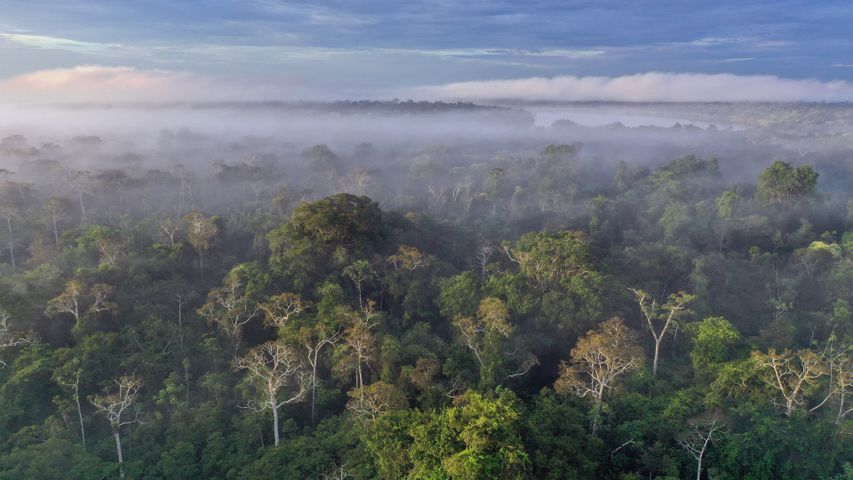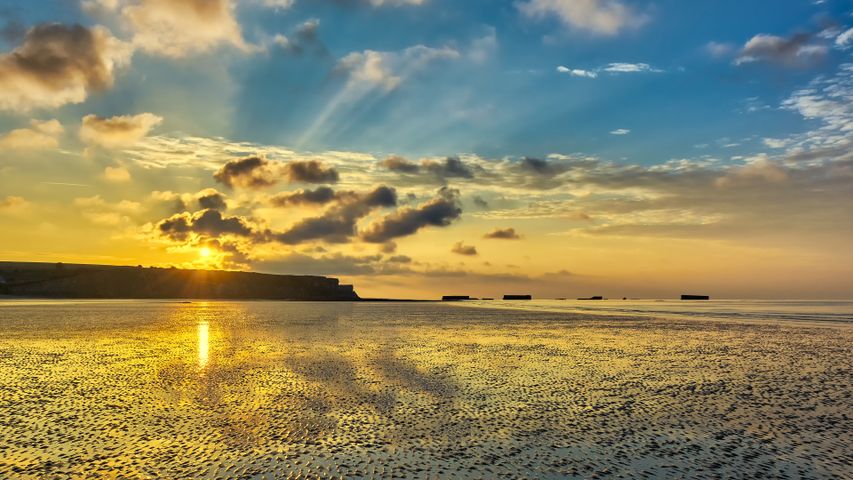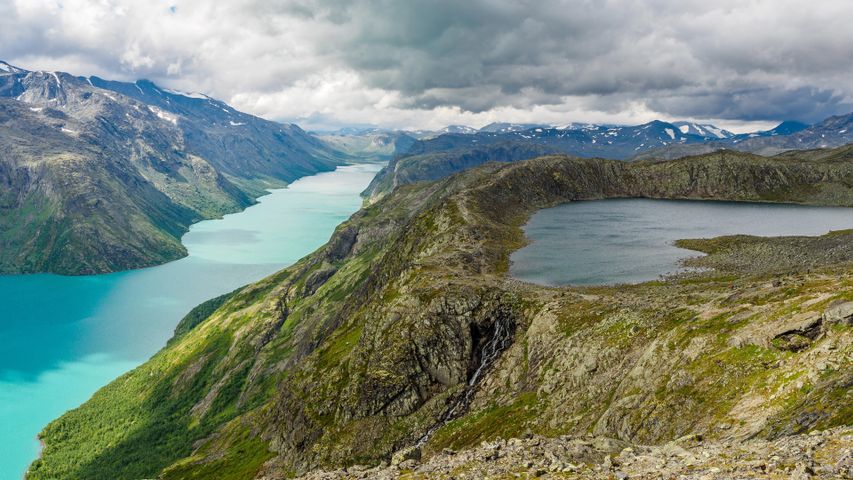Aerial of the Amazon River Basin near Manaus, Brazil
© Art Wolfe/Danita Delimon
Meet the ‘Lungs of the World’. Reflections on the mighty Amazon
For World Rainforest Day we take you below these clouds to the Amazon River Basin and the largest rainforest in the world. At more than 2.1 million square miles (that’s over 54 lakh square km!), the Amazon accounts for half of Earth’s remaining tropical rainforests. And a fifth of the world’s freshwater flows through this river basin. Perhaps a tenth of the planet’s known species call it home, many of which have yet to be identified—that’s trees, plants, fish, mammals, and a third of Earth’s bird species. Now take a deep breath. The ‘Lungs of the World’ produces 20 percent of Earth’s oxygen, while storing vast amounts of carbon dioxide, earning it an all-star ‘carbon sink’ status.Why’s it called the Amazon? Spanish explorer and conquistador Francisco de Orellana gave it that name after encountering indigenous women of the Pira-tapuya tribe who fought alongside men. The women warriors of the region reminded Orellana of the Amazons of Greek mythology. Today, the Amazon rainforest still sounds almost mythologically powerful—and it is. Yet, all rainforests are fragile biosystems. Worldwide, we lose swaths of these precious environments to agriculture and mining. However, the pace of deforestation is slowing as farming methods improve and advocacy efforts build awareness around these rich bio-diverse tropical rainforests. The more we learn about rainforests, the more we appreciate how our own future, and the future of our planet, hinge upon their health.
Related Images
Bing Today Images





 Chisos Mountains, Big Bend National Park, Texas, United States
Chisos Mountains, Big Bend National Park, Texas, United States
 Arromanches-les-Bains in Normandy, France
Arromanches-les-Bains in Normandy, France
 Barrier reef off Grande Terre, New Caledonia, France
Barrier reef off Grande Terre, New Caledonia, France
 Knuthöjdsmossen nature reserve, Sweden
Knuthöjdsmossen nature reserve, Sweden
 Jotunheimen National Park in Norway
Jotunheimen National Park in Norway
 Mount Hamilton, San Francisco Bay Area, California, United States
Mount Hamilton, San Francisco Bay Area, California, United States
 Torres del Paine National Park, Patagonia, Chile
Torres del Paine National Park, Patagonia, Chile
 Wat Tang Sai Temple in Ban Krut, Thailand
Wat Tang Sai Temple in Ban Krut, Thailand
